
Quetzaltenango: The Cultural Heartbeat of the Western Highlands
Discover Quetzaltenango: A harmonious blend of colonial charm, indigenous culture, and natural wonders in Guatemala's western highlands.
Nestled in the western highlands of Guatemala, Quetzaltenango, also known as Xela, offers a unique blend of modernity and tradition. This city is a treasure trove of cultural experiences, surrounded by stunning volcanic landscapes and rich indigenous heritage. As the second-largest city in Guatemala, Quetzaltenango provides a vibrant urban atmosphere while maintaining a close connection to its historical roots. Visitors to Quetzaltenango can explore its charming colonial architecture, which tells stories of the city's Spanish colonial past. The central Parque Centro América is a perfect starting point for a walking tour, featuring the iconic Quetzaltenango Cathedral and other historic buildings. The city is also a hub for language learners, with many Spanish schools offering immersive learning experiences. Quetzaltenango is a gateway to numerous outdoor adventures. Hike up the Santa María Volcano for breathtaking views or take a dip in the natural hot springs of Fuentes Georginas. The local markets, especially the Almolonga market, are bustling with activity and offer a glimpse into the daily lives of the locals. Traditional Mayan culture is alive and well here, with vibrant textiles, festivals, and local cuisine waiting to be discovered.
Local tips in Quetzaltenango
- Learn a few basic Spanish phrases; it will help you navigate the city and engage with locals.
- Visit the central market early in the morning for the freshest produce and the most vibrant atmosphere.
- Carry a light jacket; the weather can be chilly, especially in the evenings.
- Take advantage of the numerous affordable Spanish language schools to enhance your travel experience.
- Always ask for the price before purchasing items in local markets to avoid misunderstandings.
Quetzaltenango: The Cultural Heartbeat of the Western Highlands
Nestled in the western highlands of Guatemala, Quetzaltenango, also known as Xela, offers a unique blend of modernity and tradition. This city is a treasure trove of cultural experiences, surrounded by stunning volcanic landscapes and rich indigenous heritage. As the second-largest city in Guatemala, Quetzaltenango provides a vibrant urban atmosphere while maintaining a close connection to its historical roots. Visitors to Quetzaltenango can explore its charming colonial architecture, which tells stories of the city's Spanish colonial past. The central Parque Centro América is a perfect starting point for a walking tour, featuring the iconic Quetzaltenango Cathedral and other historic buildings. The city is also a hub for language learners, with many Spanish schools offering immersive learning experiences. Quetzaltenango is a gateway to numerous outdoor adventures. Hike up the Santa María Volcano for breathtaking views or take a dip in the natural hot springs of Fuentes Georginas. The local markets, especially the Almolonga market, are bustling with activity and offer a glimpse into the daily lives of the locals. Traditional Mayan culture is alive and well here, with vibrant textiles, festivals, and local cuisine waiting to be discovered.
When is the best time to go to Quetzaltenango?
Iconic landmarks you can’t miss
Parque a Centro América
Explore the lush landscapes and rich heritage of Parque a Centro América, Quetzaltenango's serene urban park perfect for relaxation and cultural experiences.
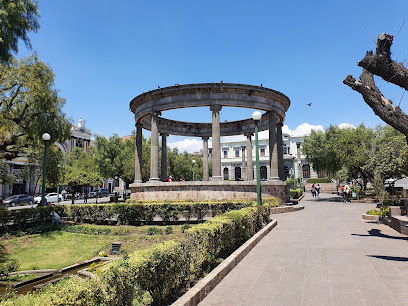
Fuentes Georginas
Experience serenity at Fuentes Georginas, a spectacular hot springs resort in Zunil, Guatemala, surrounded by lush nature and soothing thermal waters.
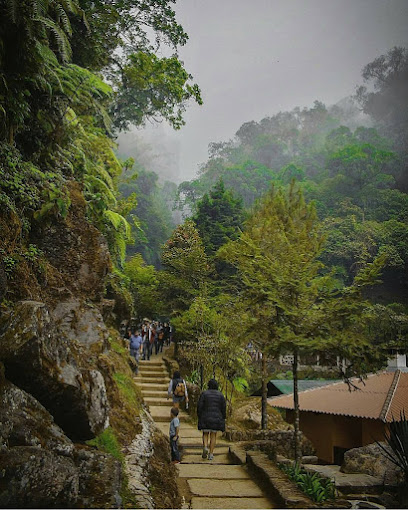
Municipal Theatre
Discover the cultural heartbeat of Quetzaltenango at the Municipal Theatre, a stunning venue for performing arts and local artistry.
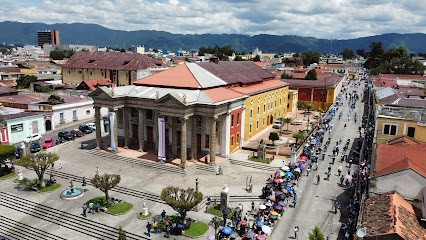
Latam Hotel Plaza Pradera Quetzaltenango
Discover the perfect blend of comfort and local culture at Latam Hotel Plaza Pradera in Quetzaltenango, Guatemala.
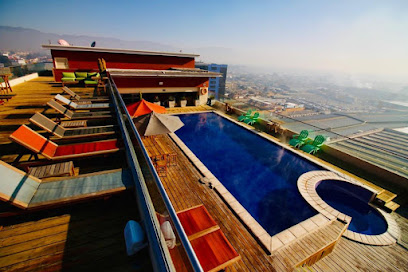
Tecun Uman Monument
Explore the Tecun Uman Monument in Quetzaltenango, a striking tribute to indigenous heritage and a symbol of Guatemala's rich history.
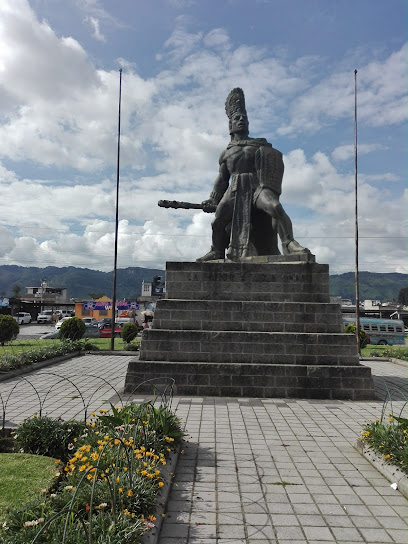
Parque Municipal Cerro El Baúl
Explore the breathtaking landscapes and rich biodiversity of Parque Municipal Cerro El Baúl, a serene national park in Quetzaltenango, Guatemala.
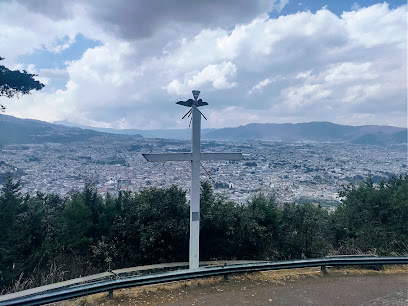
Minerva Temple
Discover the historical Minerva Temple in Quetzaltenango, a mesmerizing landmark that embodies Guatemala's rich cultural heritage and architectural beauty.
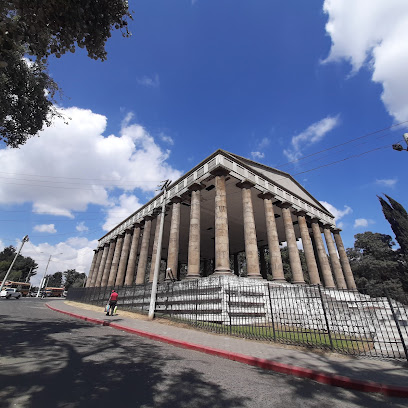
Zoológico Minerva
Discover the wonders of wildlife at Zoológico Minerva, a delightful zoo and educational hub in the heart of Quetzaltenango, Guatemala.
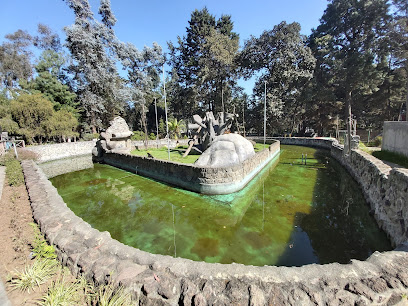
Restaurant DISTINTO
Experience the vibrant culinary scene of Quetzaltenango at Restaurant DISTINTO, where local flavors meet international cuisine in a sophisticated setting.
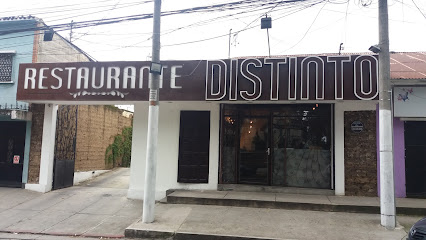
Café Museo La Luna
Explore the exquisite flavors and artistic ambiance of Café Museo La Luna, a must-visit chocolate café in Quetzaltenango, Guatemala.
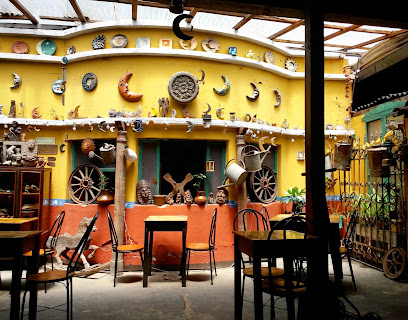
Quetzaltenango Guatemala Temple
Discover the tranquil beauty and spiritual significance of the Quetzaltenango Guatemala Temple, a serene destination in the heart of the highlands.
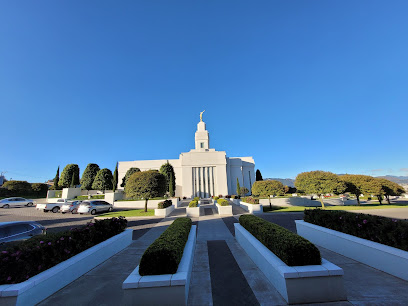
Quetzaltrekkers
Discover the beauty of Guatemala through sustainable trekking adventures with Quetzaltrekkers, a non-profit organization dedicated to community support.
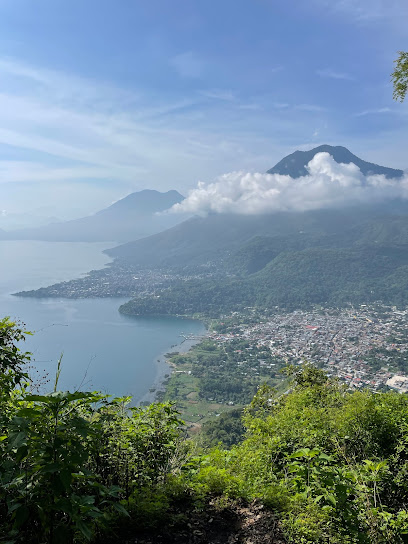
House of Botran and Museum
Experience the rich heritage and exquisite flavors of Guatemalan rum at the House of Botran and Museum in Quetzaltenango.
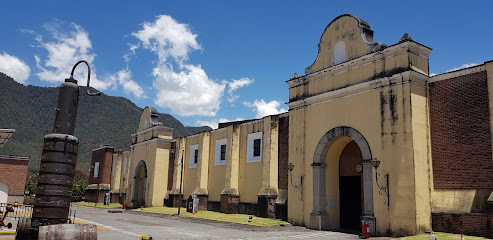
Quetzaltenango Airport
Discover Quetzaltenango Airport, a charming gateway to Guatemala's highlands, blending culture, history, and stunning natural beauty.
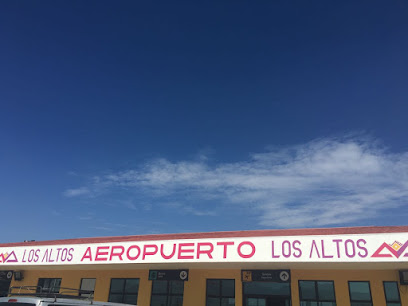
Mayan Gateway – Travel Agency for Central America Tours
Discover the beauty of Central America with personalized tours from Mayan Gateway, your trusted travel agency in Quetzaltenango.
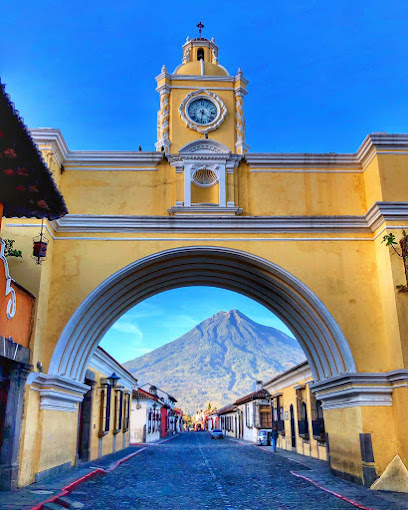
Unmissable attractions to see
Xocomil
Discover the thrills of Xocomil, Retalhuleu's premier water park, featuring exhilarating slides, relaxing pools, and family-friendly fun for all ages.

Reserva Natural Atitlán
Explore the serene beauty of Reserva Natural Atitlán, a nature preserve in Panajachel, Guatemala, filled with stunning landscapes and rich biodiversity.
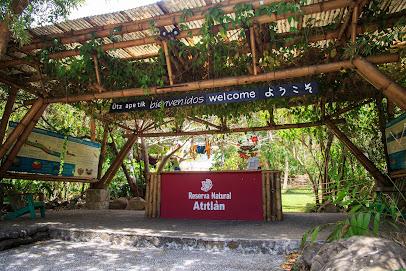
Reserva Natural Cerro Tzankujil
Discover the breathtaking views and rich biodiversity at Reserva Natural Cerro Tzankujil, a serene gem in San Marcos La Laguna, Guatemala.
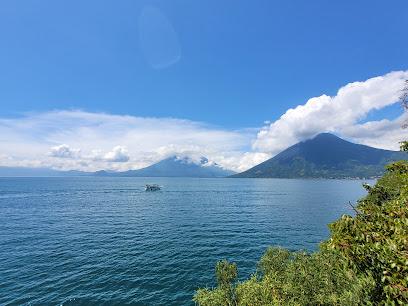
Plaza y Mercado Santo Tomás
Discover the rich culture and vibrant atmosphere of Plaza y Mercado Santo Tomás, a must-visit market in Chichicastenango, Guatemala.
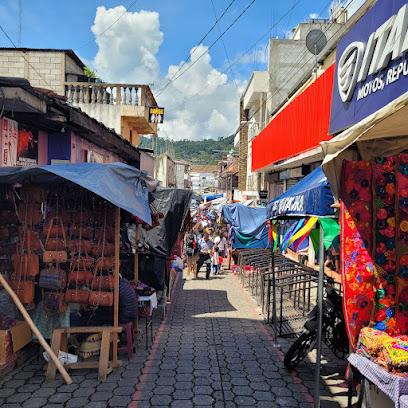
Parque Municipal Cerro El Baúl
Explore the stunning landscapes and tranquil trails of Parque Municipal Cerro El Baúl, a must-visit national park in Quetzaltenango, Guatemala.
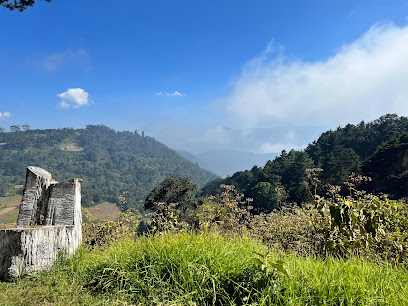
Lake Atitlán
Experience the breathtaking beauty and rich culture of Lake Atitlán, Guatemala's jewel surrounded by volcanoes and vibrant local communities.

Eagle's Nest Atitlán - Yoga, Dance & Community
Experience serenity and community at Eagle's Nest Atitlán, a perfect blend of yoga, relaxation, and vibrant culture by the stunning Lake Atitlán.
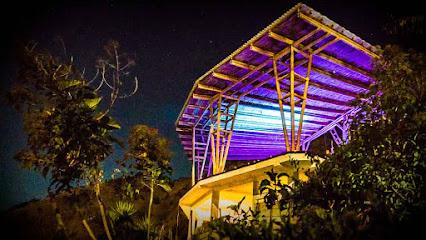
Minerva Temple
Explore the Minerva Temple, a historical landmark in Quetzaltenango, showcasing exquisite architecture and rich cultural heritage amidst serene gardens.
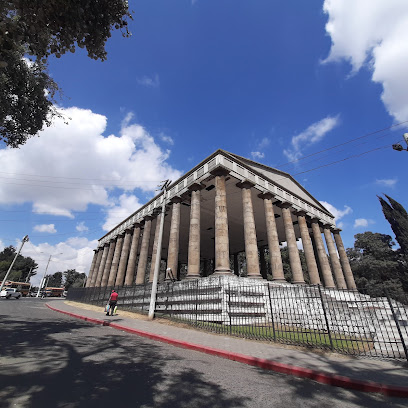
Zoológico Minerva
Experience the beauty of wildlife at Zoológico Minerva, Quetzaltenango's premier zoo, where nature and education come together in a tranquil setting.
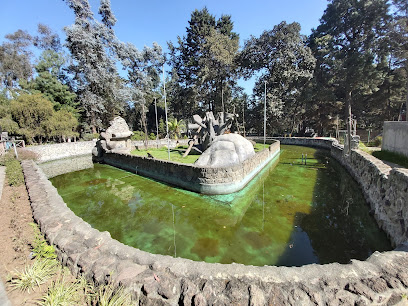
Catedral del Espíritu Santo
Explore the breathtaking Catedral del Espíritu Santo in Quetzaltenango, a stunning blend of history, architecture, and spirituality in Guatemala.
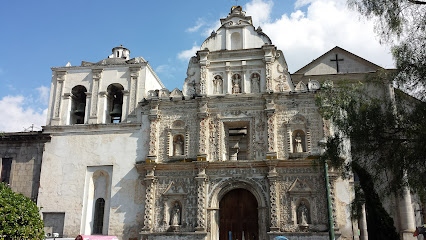
Iglesia de Santo Tomás
Discover the cultural and spiritual heart of Chichicastenango at the Iglesia de Santo Tomás, where tradition meets vibrant community life.
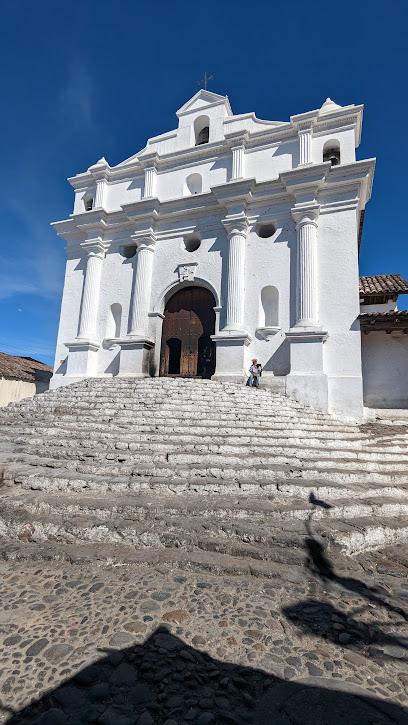
Quetzaltenango Guatemala Temple
Explore the serene beauty of the Quetzaltenango Guatemala Temple, a stunning religious destination surrounded by breathtaking mountain views.
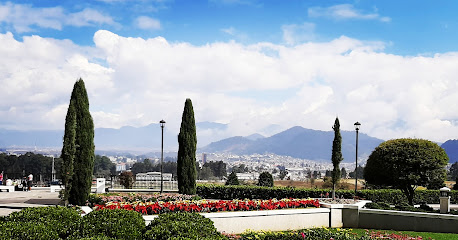
Mayan Face / Indian Nose Viewpoint
Explore breathtaking vistas at the Mayan Face / Indian Nose Viewpoint in San Juan La Laguna, an iconic destination for nature lovers and cultural enthusiasts alike.
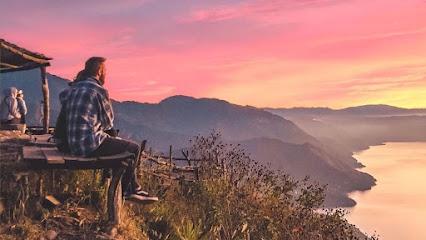
House of Botran and Museum
Explore the rich heritage of Guatemalan rum at the House of Botran and Museum, a unique blend of history, culture, and local flavors.
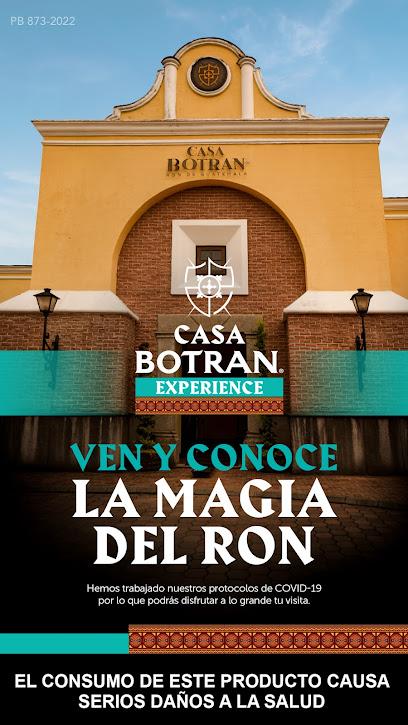
House of Botran and Museum
Explore the rich history and flavors of Guatemalan rum at Casa Botran and Museum in Quetzaltenango, where tradition meets taste.
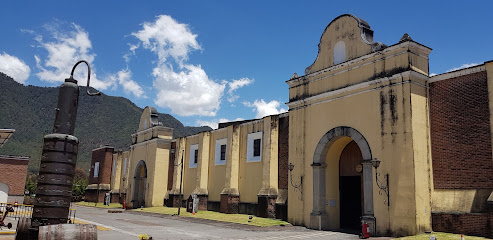
Essential places to dine
Restaurante Tertulianos
Experience exquisite European cuisine at Restaurante Tertulianos in Quetzaltenango—where fondue dreams come true.
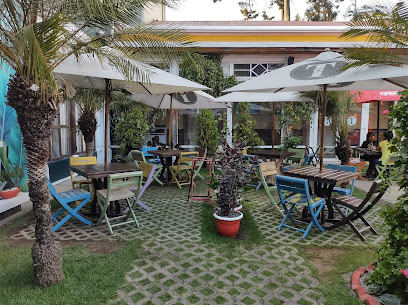
Brule Gourmet
Experience authentic French cuisine in Quetzaltenango at Brule Gourmet - where every meal is a delightful journey through France's culinary traditions.
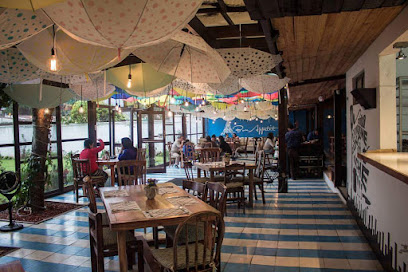
Restaurante Don Carlos - Quetzaltenango.
Savor authentic Guatemalan flavors at Restaurante Don Carlos - A must-visit culinary gem in Quetzaltenango.
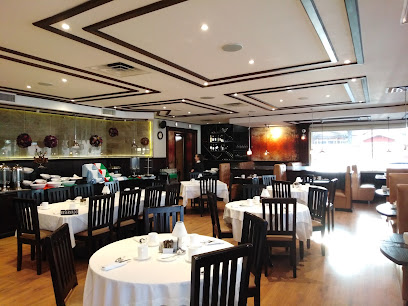
Tony's Steakhouse
Experience the best grilled meats and authentic Guatemalan flavors at Tony's Steakhouse in Quetzaltenango.
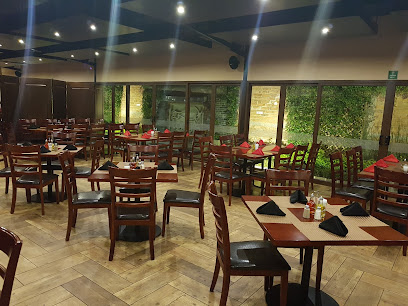
L'katos
Discover the vibrant flavors of Quetzaltenango at L'katos, where local ingredients meet international cuisine in a cozy setting.
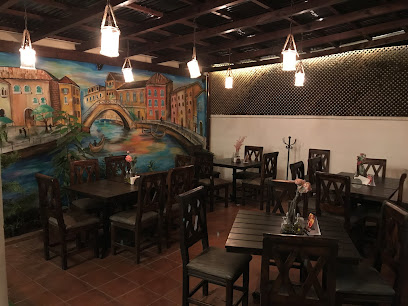
Bar Salón Tecún Restaurante Pizza Bar Lounge Xela
Experience the vibrant flavors and lively atmosphere at Bar Salón Tecún in Quetzaltenango – where every meal is an adventure!
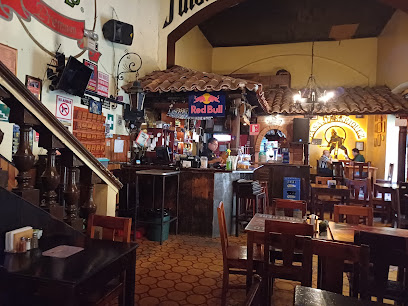
Burritos And Grill
Experience delicious burritos and vibrant flavors at Burritos And Grill in Quetzaltenango - a must-visit spot for food lovers!
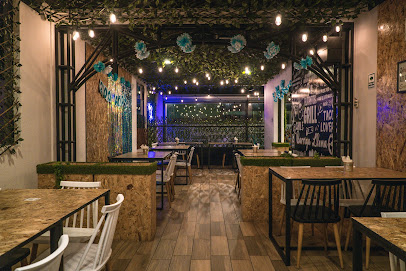
Tentazioni Cucina Tradizionale
Discover exquisite Italian flavors at Tentazioni Cucina Tradizionale - your gateway to authentic pizza and pasta in Quetzaltenango.
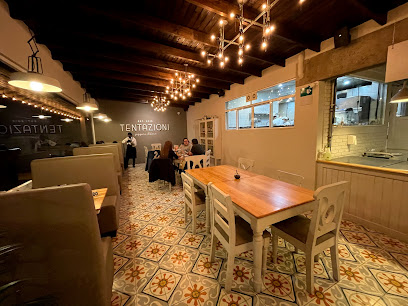
Baviera Café
Experience the vibrant flavors of Guatemala at Baviera Café, where delicious meals meet warm hospitality in Quetzaltenango.
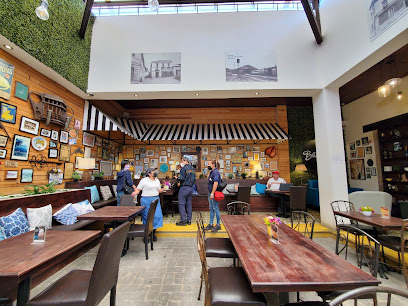
Shai Long - Comida China
Savor authentic Chinese dishes at Shai Long in Quetzaltenango - your go-to spot for flavorful meals and warm hospitality.
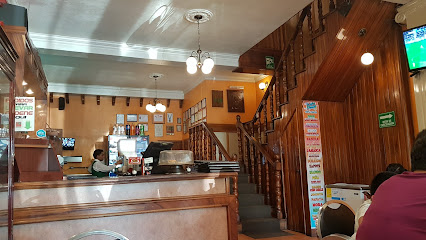
La Chatia Artesana
Experience authentic Guatemalan cuisine at La Chatia Artesana in Quetzaltenango—where every meal tells a story.
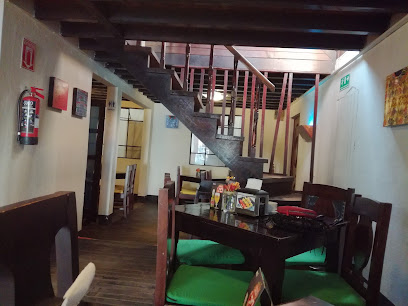
Sabor de la India
Experience authentic Indian cuisine at Sabor de la India in Quetzaltenango - where every dish tells a story.
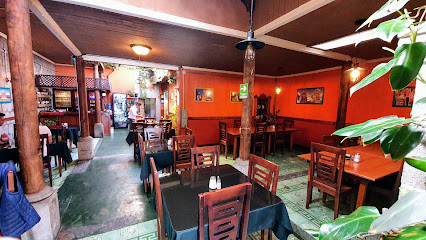
El Cuartito
Experience authentic Guatemalan flavors at El Cuartito in Quetzaltenango – where tradition meets taste in every dish.
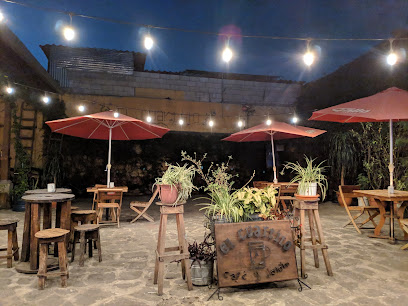
Parrillada Rincon Uruguayo
Experience authentic Uruguayan cuisine at Parrillada Rincon Uruguayo in Quetzaltenango - a must-visit for food lovers seeking delicious grilled meats.
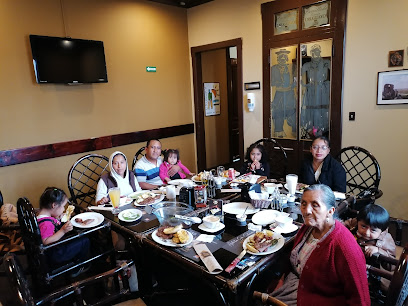
Restaurant DISTINTO
Experience the best of Guatemalan and international cuisine at Restaurant DISTINTO in Quetzaltenango.
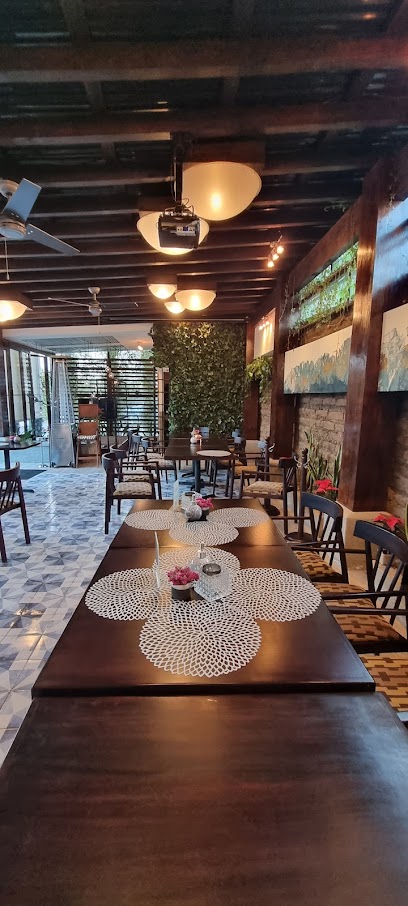
Markets, malls and hidden boutiques
Centro Comercial Interplaza Xela
Explore Centro Comercial Interplaza Xela, the ultimate shopping destination in Quetzaltenango, blending modern amenities with local charm.

Rubiks Xela
Discover Rubiks Xela in Quetzaltenango, a vibrant game store offering a diverse selection of board games, card games, and engaging activities for all ages.

Emporium Pradera Xela
Discover the trendy Emporium Pradera Xela, the premier men's clothing store in Quetzaltenango, featuring stylish fashion and a vibrant shopping experience.
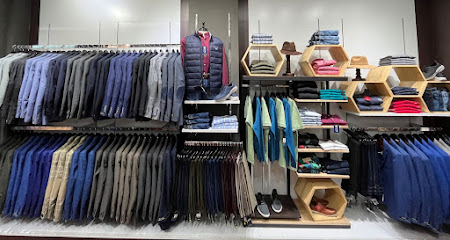
Kpopers Xela
Explore Kpopers Xela in Quetzaltenango for a vibrant selection of K-pop music and a welcoming community of fans and enthusiasts.
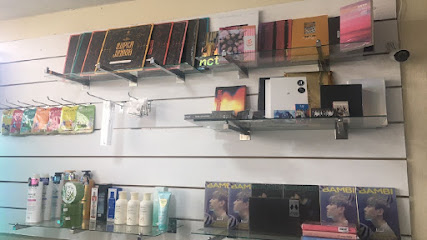
Tupperware Xela
Explore Tupperware Xela, a charming gift shop in Quetzaltenango offering unique artisanal treasures and local souvenirs to take home.
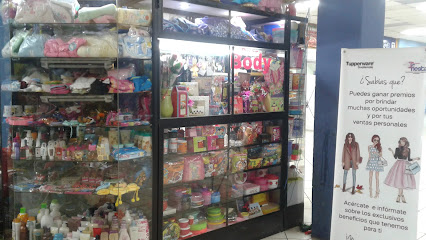
Textiles D' La Rossa Utz Ulew
Explore unique handmade textiles and women's clothing at Textiles D' La Rossa Utz Ulew, a cultural gem in Quetzaltenango, Guatemala.
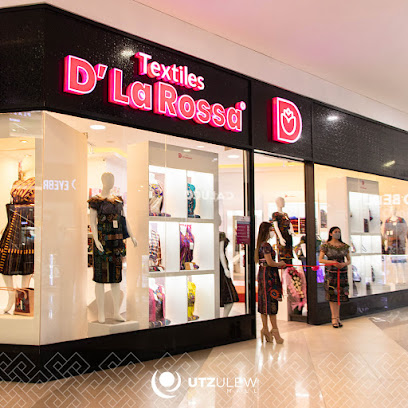
Meow meow shop Quetzaltenango
Explore a treasure trove of literature at Meow Meow Shop, a hidden gem in Quetzaltenango's vibrant shopping scene.
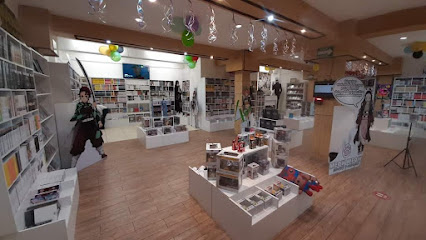
Little Apple Xela
Explore Little Apple Xela for unique souvenirs, local crafts, and a taste of Guatemalan culture in Quetzaltenango.
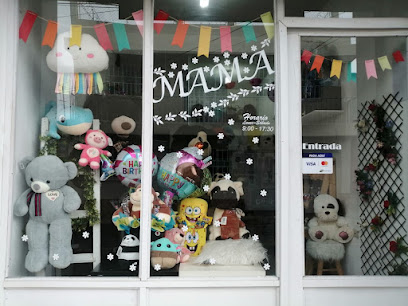
Mi regalo sorpresa
Explore Mi Regalo Sorpresa for authentic Guatemalan gifts and unique souvenirs in the heart of Quetzaltenango.
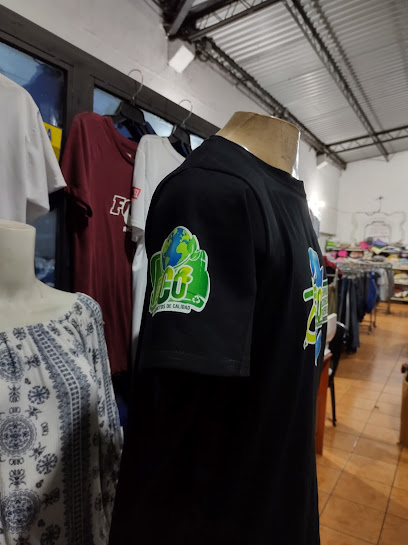
Colette Store
Uncover unique fashion treasures at Colette Store in Quetzaltenango, where local craftsmanship meets vibrant style.
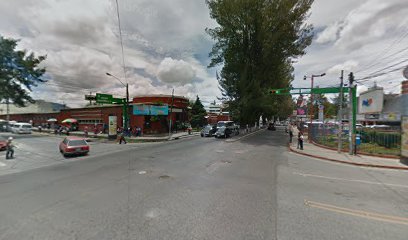
Milky Way
Explore the Milky Way Gift Shop in Quetzaltenango for unique souvenirs and authentic Guatemalan crafts that capture the essence of local culture.
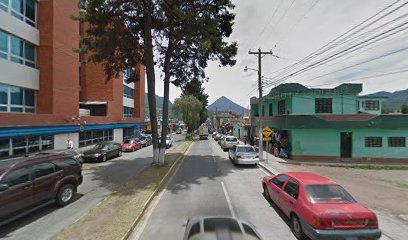
Boutique MORGAN.
Explore unique fashion at Boutique MORGAN in Quetzaltenango, where local culture meets contemporary style in a vibrant shopping experience.
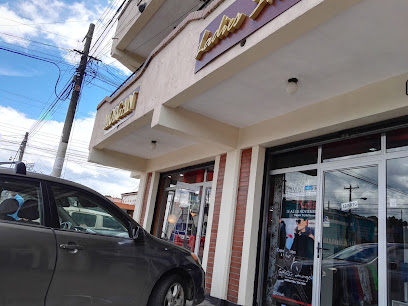
Peluche
Explore Peluche Gift Shop in Quetzaltenango for unique, handcrafted souvenirs that embody the spirit of Guatemala's rich cultural heritage.

Artesanias Xekijel
Explore the vibrant artisan market at Artesanias Xekijel in Quetzaltenango, where culture meets creativity in every handcrafted piece.
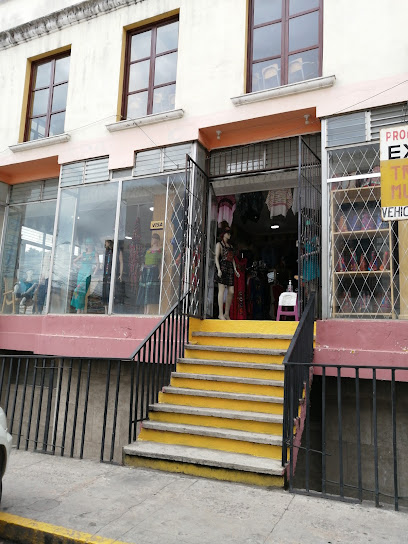
Fantasías Lourdes Xela
Discover the artistry of Guatemala at Fantasías Lourdes Xela, your go-to store for authentic crafts and souvenirs in Quetzaltenango.
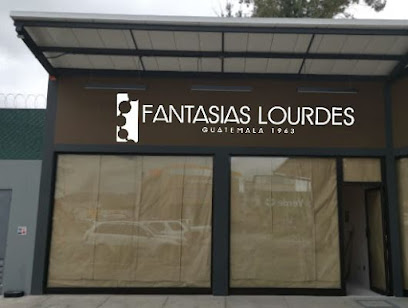
Essential bars & hidden hideouts
Charlie's Restaurant & Bar
Discover the vibrant culinary scene of Quetzaltenango at Charlie's Restaurant & Bar, where delicious grill specialties await every visitor.
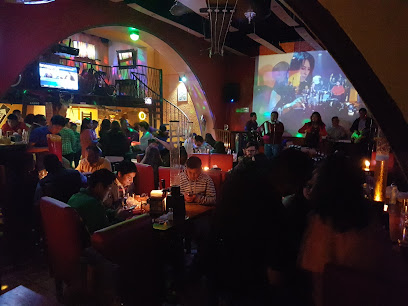
El Shamrock
Experience the vibrant nightlife of Quetzaltenango at El Shamrock, where local culture meets refreshing drinks in a lively atmosphere.
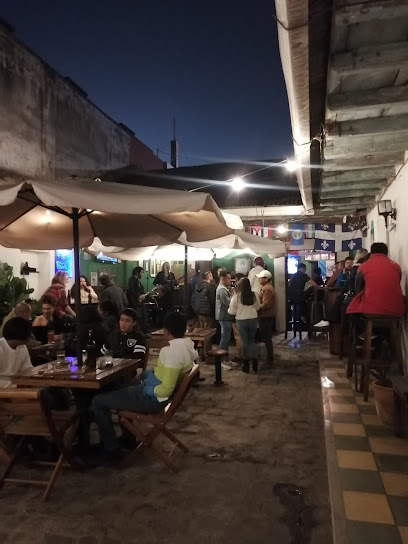
Calixto Güin Pub
Discover the lively Calixto Güin Pub in Quetzaltenango, where local culture meets a vibrant nightlife atmosphere, perfect for unwinding after a day of exploration.
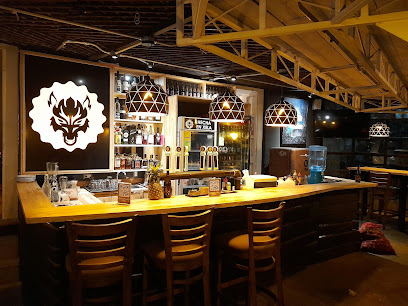
Coyote Sport Bar
Coyote Sport Bar in Quetzaltenango: Where sports, cocktails, and delicious food come together for an unforgettable night out.
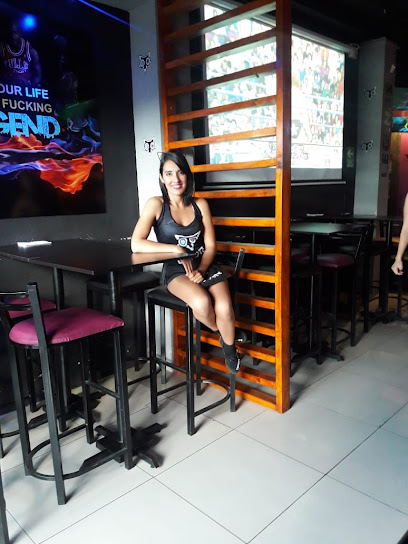
La Cantería
Discover the lively atmosphere of La Cantería, a must-visit bar in Quetzaltenango, where local flavors and vibrant nightlife come together.
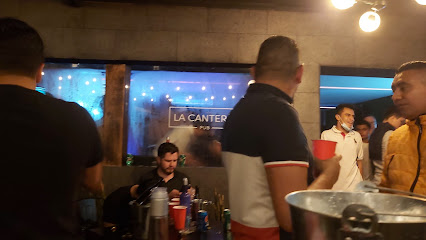
Búho Bar
Experience the vibrant nightlife in Quetzaltenango at Búho Bar, where comfort meets local charm in every drink.
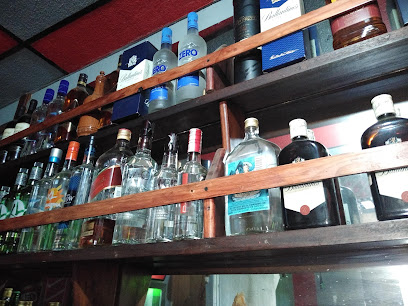
Mamazzita Disco Bar
Experience the vibrant nightlife at Mamazzita Disco Bar in Quetzaltenango, where culture meets rhythm with every beat.
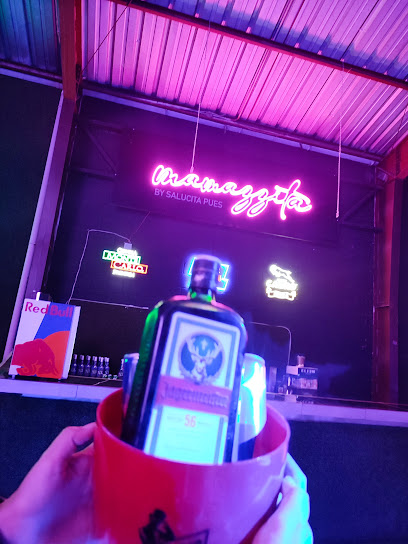
Show time lounge
Experience the vibrant nightlife at Show Time Lounge in Quezaltenango, where great drinks and live entertainment await.
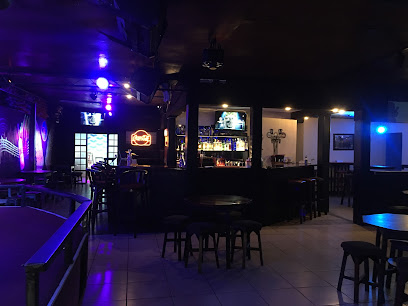
El Portal De La Quinta
Discover the lively essence of Quetzaltenango at El Portal De La Quinta, where local culture meets an extraordinary pub experience.
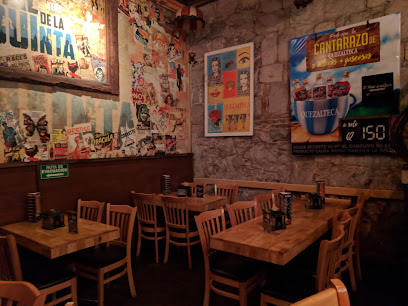
Boreal Sport Bar
Discover the vibrant Boreal Sport Bar in Quetzaltenango for an unforgettable sports experience with great drinks and a lively atmosphere.
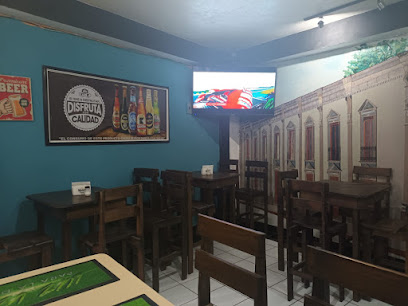
La toxica Bar
Experience the lively atmosphere and delicious grilled dishes at La Toxica Bar in the heart of Quetzaltenango, a must-visit for tourists.
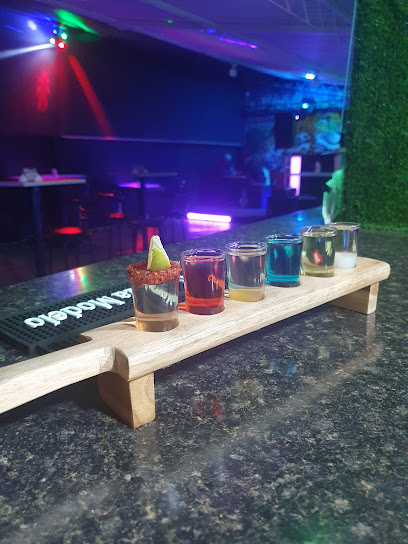
Si señor Resto-bar 2.
Discover the vibrant nightlife of Quetzaltenango at Si Señor Resto-Bar, where great drinks and a lively atmosphere await you.
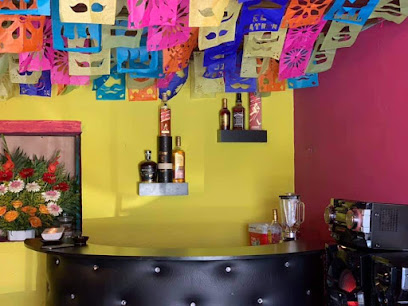
Sixth State of Mind
Discover the lively atmosphere of Sixth State of Mind in Quetzaltenango, where local culture meets refreshing drinks and unforgettable experiences.
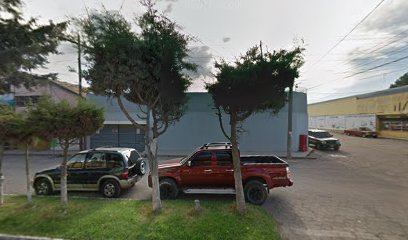
Black and White
Discover the vibrant nightlife at Black and White Bar in Quetzaltenango, where exceptional cocktails and a lively atmosphere await every visitor.
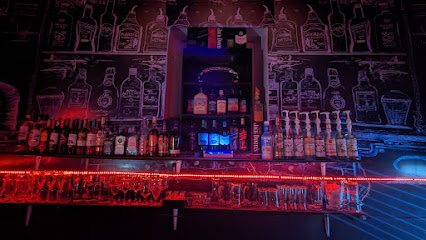
El punto Restobar Xela
Experience the lively atmosphere of El Punto Restobar Xela in Quetzaltenango, where local culture meets vibrant nightlife and delicious cuisine.
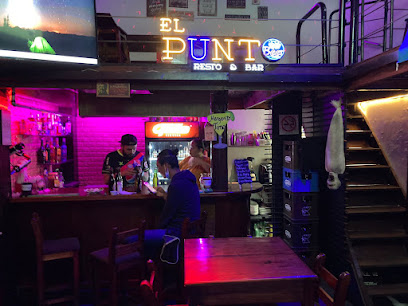
Local Phrases
-
- HelloK'ulaj
[koo-lahkh] - GoodbyeChawe
[chah-weh] - YesE'
[eh] - NoMa'
[mah] - Please/You're welcomeTaj
[tahkh] - Thank youMatyox
[mah-chohsh] - Excuse me/SorryPatzun
[pahtz-oon] - How are you?B'ane'ech
[bah-neh-ehch] - Fine. And you?Laj k'awoq. Oj
[lahkh kah-wohk. ohkh] - Do you speak English?At k'utaj ri Inglés?
[aht koo-tahkh ree een-glehs] - I don't understandMa xk'utij
[mah shkoo-teekh]
- HelloK'ulaj
-
- I'd like to see the menu, pleaseAj k'utz ri menú, taj
[ahkh kootz ree meh-noo, tahkh] - I don't eat meatMa k'uj ri b'iil
[mah koo-h ree bee-eel] - Cheers!Tzijó!
[tsee-hoh] - I would like to pay, pleaseAj k'utz ri pa ri tjaj
[ahkh kootz ree pah ree tah-khah]
- I'd like to see the menu, pleaseAj k'utz ri menú, taj
-
- Help!Xk'aslemal!
[shkahs-leh-mahl] - Go away!Xk'otzil!
[shkoh-tseel] - Call the Police!Ri Polisiawi ri'!
[ree poh-lee-see-ah-wee ree] - Call a doctor!Ri' k'aslemal ri'!
[ree shkahs-leh-mahl ree] - I'm lostMa k'ajol
[mah kah-hohl] - I'm illMa k'ab'anoj
[mah kahb-ah-nohkh]
- Help!Xk'aslemal!
-
- I'd like to buy...Aj k'utz ri...
[ahkh kootz ree] - I'm just lookingXu'ma'aj
[shoo-mah-ahkh] - How much is it?Xq'ij ri?
[shkee-kh ree] - That's too expensiveXq'ij ri k'astiyan
[shkee-kh ree kahs-tee-yahn] - Can you lower the price?K'ori k'utaj ri xq'ij?
[koh-ree koo-tahkh ree shkee-kh]
- I'd like to buy...Aj k'utz ri...
-
- What time is it?Xq'ij k'otzij?
[shkee-kh koh-tsee] - It's one o'clockWanb'eyel
[wahn-beh-yel] - Half past (10)Ri mitamb'an
[ree mee-tahm-bahn] - MorningRi' k'icheje'el
[ree kee-cheh-heh-ehl] - AfternoonRi' k'ijunuje'el
[ree kee-hoon-hoo-heh-ehl] - EveningRi' k'ijb'ox
[ree kee-hbohsh] - YesterdayRi' k'ak'oj
[ree kah-kohkh] - TodayRi' k'aj
[ree kahkh] - TomorrowRi' k'ajb'ey
[ree kahkh-beh-eh] - 1Jun
[hoon] - 2K'ab'ey
[kahb-eh-eh] - 3Oxlahun
[ohsh-lah-hoon] - 4K'a'aj
[kah-ahkh] - 5Wuqub'ey
[woo-koo-beh-eh] - 6Junb'ey
[hoon-beh-eh] - 7Jun k'oxb'ey
[hoon kohsh-beh-eh] - 8Jun k'a'ajb'ey
[hoon kah-ahkh-beh-eh] - 9B'alamk'ajb'ey
[bah-lahm-kahkh-beh-eh] - 10Lajun
[lah-hoon]
- What time is it?Xq'ij k'otzij?
-
- Where's a/the...?Achi ri...
[ah-chee ree] - What's the address?Achi ri' ri nima'
[ah-chee ree ree nee-mah] - Can you show me (on the map)?K'ori k'utaj ri' (en mapan)?
[koh-ree koo-tahkh ree (ehn mah-pahn)] - When's the next (bus)?Ri k'otzij (bus) k'o?
[ree koh-tsee (boos) koh] - A ticket (to ....)Ri tziket (k'o ....)
[ree tsee-keht (koh ....)]
- Where's a/the...?Achi ri...
History of Quetzaltenango
-
The region now known as Quetzaltenango was originally inhabited by the K'iche' Maya, one of the most powerful and influential Maya groups. They built the city of Xelajú, as it was known in the K'iche' language, which translates to 'under ten mountains.' The city's name reflects its location amidst the dramatic volcanic landscape of the highlands.
-
In 1524, the Spanish Conquistador Pedro de Alvarado led an expedition into the highlands and defeated the K'iche' Maya at the Battle of Quetzaltenango. This led to the incorporation of the region into the Spanish Empire, and the city was renamed Quetzaltenango, which means 'the place of the quetzal bird,' a species revered in Maya culture.
-
During the colonial era, Quetzaltenango flourished as a major center of commerce and agriculture. The city became a hub for the production of wool, textiles, and agricultural goods, which were traded throughout the region. The Spanish influence is evident in the city's architecture, with colonial-era buildings and churches still standing today.
-
In the early 19th century, Quetzaltenango played a significant role in the independence movement against Spanish rule. Influential local figures, inspired by the broader Latin American push for independence, contributed to the efforts that ultimately led to Guatemala gaining independence in 1821. Quetzaltenango's citizens celebrated their newfound freedom with fervor and pride.
-
In 1838, Quetzaltenango briefly became the capital of the short-lived Republic of Los Altos, which declared independence from Guatemala. The republic was formed by the western provinces of Guatemala, but it was quickly re-incorporated into the country by force in 1840. Despite its brief existence, the republic is an important part of the region's historical identity.
-
By the late 19th century, Quetzaltenango experienced an economic boom due to the coffee industry. Coffee production became the backbone of the local economy, attracting foreign investment and leading to the construction of grand mansions and public buildings. The city's prosperity during this period is still evident in its architecture and urban layout.
-
In 1902, a devastating earthquake struck Quetzaltenango, causing significant damage to the city's infrastructure and many historic buildings. The earthquake, one of the most powerful in the region's history, led to a major rebuilding effort. The event is a pivotal moment in the city's history, shaping its modern landscape and resilience.
-
Throughout the 20th century, Quetzaltenango became a center for education, arts, and culture in Guatemala. The city is home to several prestigious educational institutions and a vibrant arts scene, including theaters, galleries, and cultural festivals. This cultural renaissance has solidified Quetzaltenango's reputation as a hub of intellectual and artistic activity.
-
Today, Quetzaltenango, commonly referred to as Xela, is the second-largest city in Guatemala. It continues to be an important cultural and economic center, known for its rich history, colonial architecture, and vibrant indigenous culture. The city's diverse population and dynamic atmosphere make it a fascinating destination for travelers seeking to explore Guatemala's highlands.
Quetzaltenango Essentials
-
Quetzaltenango, also known as Xela, is located in the western highlands of Guatemala. The nearest international airport is La Aurora International Airport in Guatemala City, approximately 200 kilometers away. From Guatemala City, you can take a direct bus to Quetzaltenango, which typically takes around 4 to 5 hours. Alternatively, you can hire a private shuttle or rent a car for more flexibility and comfort.
-
Quetzaltenango is a walkable city with many attractions located within the city center. For longer trips or exploring the surrounding areas, local buses (known as 'chicken buses') are a popular and affordable option. Taxis and tuk-tuks are also readily available and can be hailed from the street or booked via phone apps. Rental cars are an option, but be prepared for narrow and sometimes poorly maintained roads.
-
The official currency in Guatemala is the Quetzal (GTQ). While credit cards are accepted in many hotels, restaurants, and shops in Quetzaltenango, it's advisable to carry cash, especially when visiting smaller establishments and markets. Numerous ATMs are available throughout the city, but it's wise to withdraw sufficient cash before traveling to rural areas.
-
Quetzaltenango is generally safe for tourists, but it's essential to take standard precautions. Avoid walking alone at night, especially in less populated areas. Notable areas with higher crime rates include the La Democracia Market and some parts of Zone 3. Always keep an eye on your belongings in crowded places to avoid petty theft. It is recommended to travel in groups and use reputable transportation services.
-
In case of emergency, dial 120 for police assistance or 122 for medical emergencies. Quetzaltenango has several hospitals and clinics, including the renowned Hospital Regional de Occidente. It's advisable to have travel insurance that covers medical emergencies. Pharmacies are widely available for minor health issues, and many staff speak basic English.
-
Fashion: Do dress modestly and comfortably, especially when visiting religious sites. Avoid wearing overly revealing clothing. Religion: Do respect local customs and traditions. Always be quiet and respectful in churches. Public Transport: Do be courteous and offer your seat to elderly passengers. Don't eat or drink on public transport. Greetings: Do greet people with a handshake or a polite 'Buenos días'. Eating & Drinking: Do try local dishes like Pepian and Kak'ik. Don't refuse food offerings as it is considered impolite.
-
To experience Quetzaltenango like a local, visit the Mercado La Democracia for fresh produce and traditional Guatemalan goods. Take a stroll through Parque Centro América, the city's central plaza, where you can people-watch and enjoy local street food. Engage with locals; they are often friendly and eager to share insights about their culture. Don't miss visiting the Fuentes Georginas hot springs for a relaxing day trip.
Trending Landmark in Quetzaltenango
-
Parque a Centro América
-
Fuentes Georginas
-
Municipal Theatre
-
Latam Hotel Plaza Pradera Quetzaltenango
-
Tecun Uman Monument
-
Parque Municipal Cerro El Baúl
-
Minerva Temple
-
Zoológico Minerva
-
Restaurant DISTINTO
-
Café Museo La Luna
-
Quetzaltenango Guatemala Temple
-
Quetzaltrekkers
-
House of Botran and Museum
-
Quetzaltenango Airport
-
Mayan Gateway – Travel Agency for Central America Tours
Nearby Cities to Quetzaltenango
-
Things To Do in Lake Atitlán
-
Things To Do in Panajachel
-
Things To Do in Chichicastenango
-
Things To Do in Antigua Guatemala
-
Things To Do in Guatemala City
-
Things To Do in Chalchuapa
-
Things To Do in Santa Ana
-
Things To Do in Copán Ruinas
-
Things To Do in Chiapas
-
Things To Do in San Salvador
-
Things To Do in La Libertad
-
Things To Do in Suchitoto
-
Things To Do in Flores
-
Things To Do in Santa Rosa de Copán
-
Things To Do in Rio Dulce









